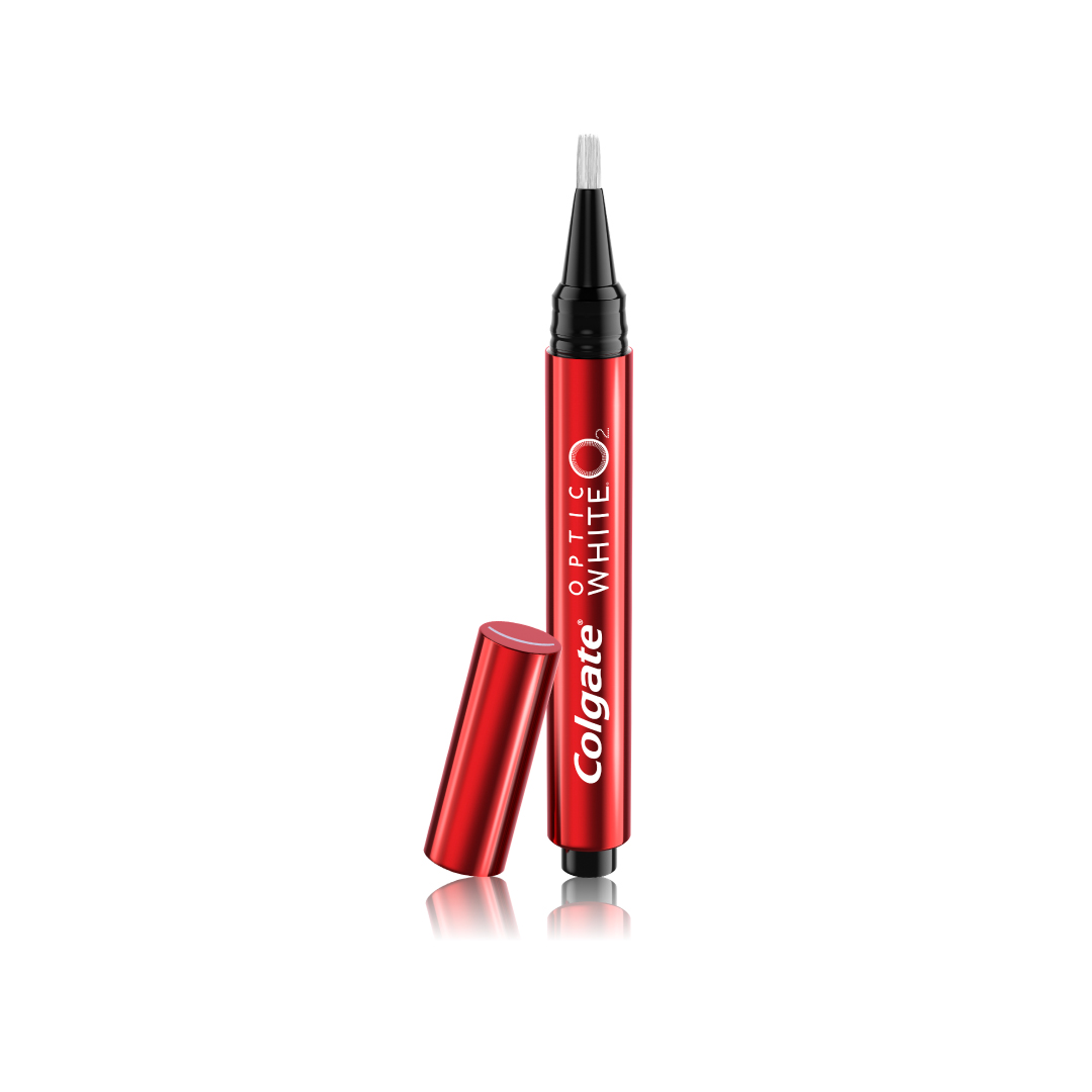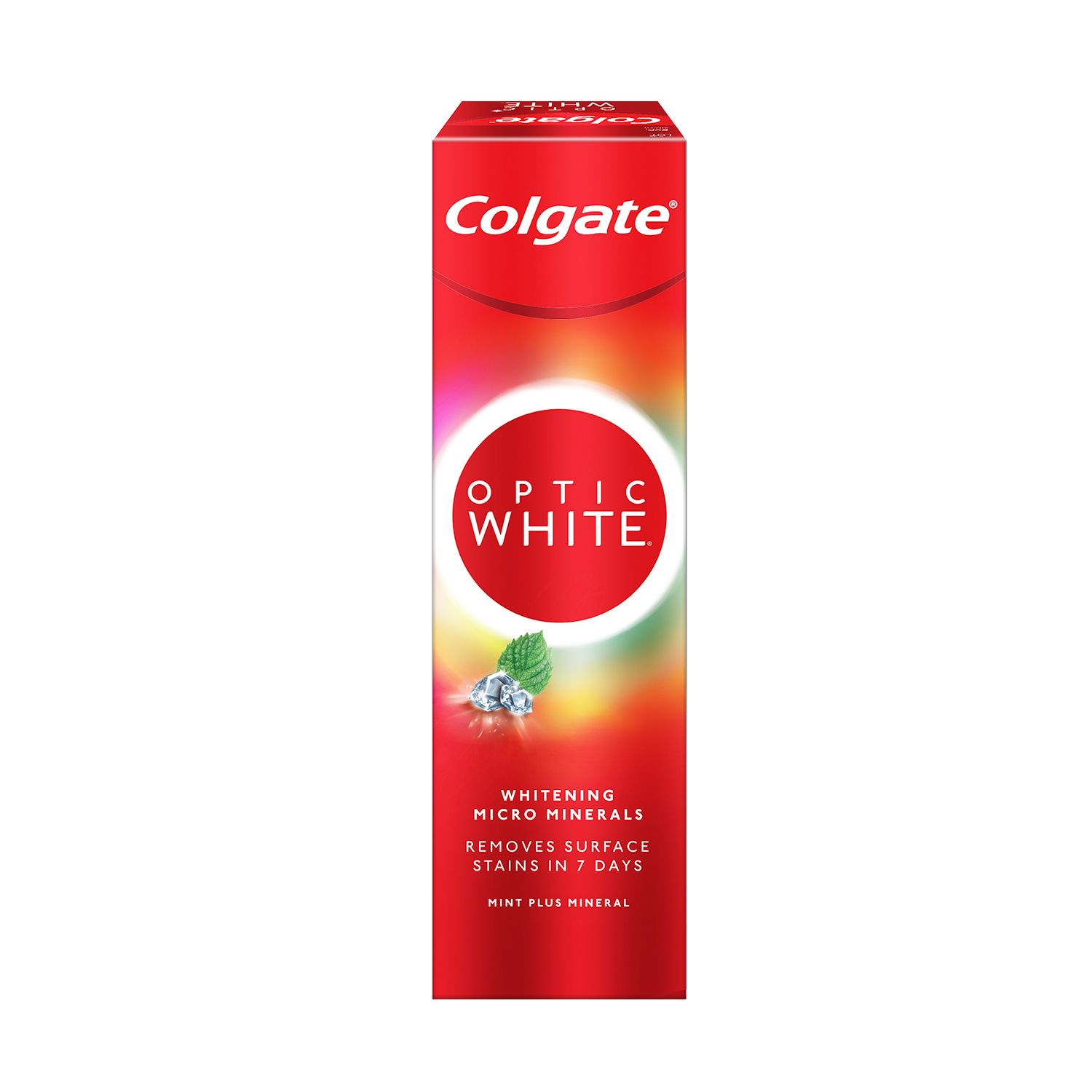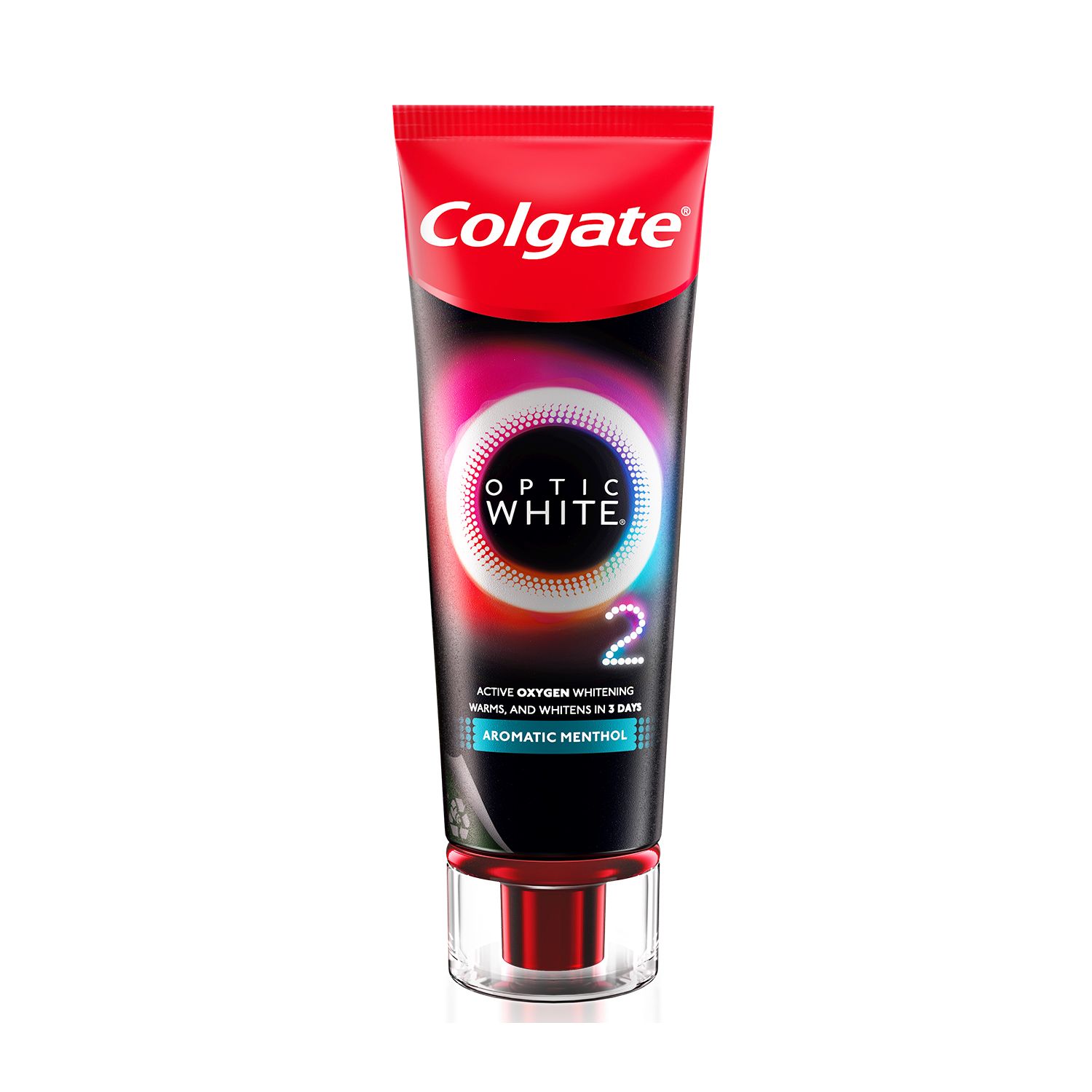-
-


LÀM TRẮNG RĂNG
12 loại thuốc trị hôi miệng triệt để tốt nhất hiện nayNếu bạn bị mắc chứng hôi miệng mãn tính thì không thể xử lý mùi hôi miệng bằng kẹo bạc hà, kẹo cao su hay các sản phẩm làm thơm mát hơi thở thông thường.


LÀM TRẮNG RĂNG
Làm trắng răng: Liệu có hiệu quả với tôi và đâu là các lựa chọn dành cho tôi?Bạn có thể nhìn thấy các quảng cáo về phương pháp làm trắng răng hoặc kem đánh răng làm trắng hàng ngày.
-
Khoa học & Đổi mớiCam kết vì sức khỏe răng miệng
- Cam kết vì sức khỏe răng miệng
- Chương trình Nụ cười Rạng rỡ, Tương lai Tươi sáng
- Cam Kết Của Chúng Tôi
- Sức khỏe răng miệng và chăm sóc nha khoa | Colgate®
- Sức khỏe Răng miệng
- Is LED Teeth Whitening Right for You?


Được Colgate Global Scientific Communications đánh giá về mặt y khoa
Nowadays, teeth whitening is the most desired cosmetic dental solution, according to the American Academy of Cosmetic Dentistry. The process is minimally invasive and can offer great results. LED teeth whitening is a popular option for achieving a brighter smile, but is it the best at-home treatment for you?


How an LED Whitening System Works
Whitening is any technique that helps your teeth look whiter, says the American Dental Association. There are generally two types of whitening. Bleach-based products remove stains at both a deep and superficial level in your teeth, whereas non-bleaching products use a chemical or physical catalyst and only whiten your teeth at the surface – or extrinsic – level.
An LED (light emitting diode) whitening system is a bleach-based treatment, and home-based kits contain lower concentrations of the bleaching substance than what your dentist offers. An LED whitening system typically includes several applications of a whitening agent, applicators, mouth trays and LED light for treatments over a period of days. Light is thought to speed up the whitening process, says The Open Dentistry Journal (ODJ). It acts as a catalyst on carbamide peroxide, which becomes hydrogen peroxide, the bleaching agent that whitens your teeth.
Safety and LED Teeth Whitening Systems
Whether you opt for an LED whitening system or other home-based whitening products, you'll want to be clear on your level of sensitivity to the concentration of bleaching agent. Keep in mind, sensitivity differs from person to person and with any bleaching system, there can be some level of sensitivity.
In addition to tooth sensitivity, The New York Times (NYT) cites a study that identifies another drawback to LED whitening. The heat, light or laser might damage pulpal tissue. The same study shows that bleach-based systems like LED whitening can cause discoloration between your teeth and fillings. So you'll want to seek your dentist's advice before starting a home treatment.
LED Whitening Systems vs. Other At-Home Treatments
To determine the best whitening system for you, it's helpful to understand how LED whitening holds up to other home whitening products. The ODJ study concludes that results depend on the degree of discoloration prior to treatment, the amount of activating gel used, and the duration of treatment. Overall, subjects achieved better results from in-office LED whitening and more modest results with their at-home treatment. The NYT reports that LED light in home-based treatments created no additional value in the bleaching process.
Whitening products without bleach only lighten the surface of your teeth. Toothpastes, for example, serve as a mild abrasive to help remove stains, and whitening pastes are more effective at removing stains. But on the whole, at-home products that are bleach-based have been shown to lighten teeth by five to seven shades. So, it's beneficial to continue daily use a whitening toothpaste, too.
Whitening Is Not a Substitute for Regular Oral Care
An LED whitening system is one way to achieve the striking smile you're after. But if you're using professionally dispensed at-home products, like Colgate® Optic White™ Professional Take-Home Kit, you can achieve dramatically whiter teeth in three days, full results in seven to 10. Keep in mind, if you're not taking daily care of your teeth, no amount of home whitening is going to keep your teeth healthy. Daily brushing and flossing not only maintain your oral health, but help keep your smile bright.
Các bài viết liên quan

Đâu là kem đánh răng trị viêm nướu tốt nhất? Đánh răng với kem đánh răng phù hợp có thể giúp bảo vệ và ngăn ngừa viêm nướu (và hơn thế nữa...

Có được một nụ cười tự tin sẽ giúp ích cho bạn rất nhiều trong cuộc sống. Cùng đọc để tìm hiểu về nụ cười cũng như cách rèn luyện sự tự tin.

Bạn đang tìm cách để làm sáng nụ cười cùng với việc làm trắng răng? Tìm hiểu thêm về làm trắng răng bằng đèn UV và đèn ánh sáng xanh để quyết định lựa chọn tốt nhất dành cho bạn.
Các sản phẩm liên quan

Hỗ trợ các chuyên gia nha khoa
Ngày càng nhiều chuyên gia trên toàn cầu tin tưởng Colgate. Tìm kiếm tài nguyên, sản phẩm và thông tin để mang đến cho bệnh nhân của bạn một tương lai khỏe mạnh hơn.








